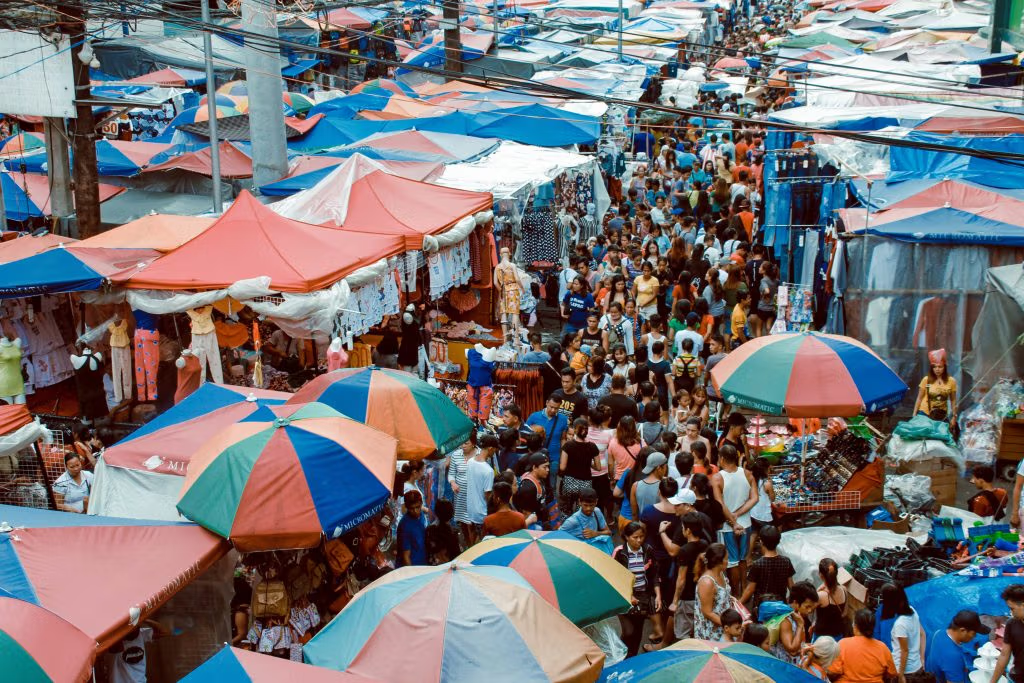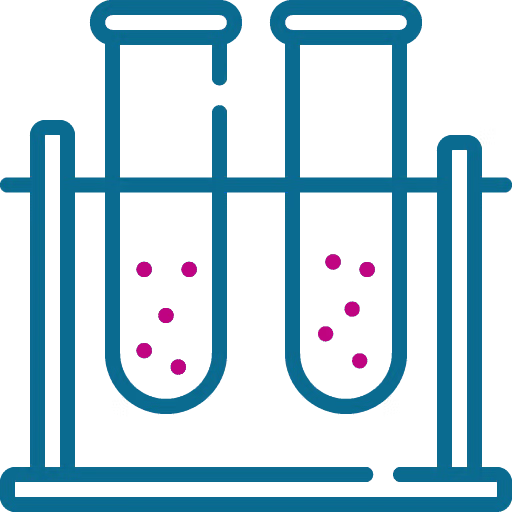Microbiome – microbiota and how microorganisms control… The father of microbiology, Antonie van Leeuwenhoek, who studied a wide range of bacteria, fungi and protozoa, would now be delighted to see advances in microbiological science.
A succession of discoveries and research over these decades has proved and reversed the previous notion that micro-organisms exist as single cells in the human body. It is now becoming increasingly evident that micro-organisms live in complex groups where interactions and communication between species are very important and have a major impact on human health and disease.
The microbiota is the collection of living micro-organisms in a given environment The most common microbiota is the digestive microbiota. The microbiome is the collection of micro-organisms and their genes that live in a given environment. These are bacteria and their genes). Microbiome – the microbiota plus its ‘scene’ and surrounding environmental conditions

Imagine a bustling city on a normal day, with people rushing around. This is what the microbiome of the human body looks like, made up of trillions of micro-organisms (also known as microbiota or microbes) from thousands of different species. These include not only bacteria, but also fungi, parasites and viruses. In a healthy human body, this highly varied and large audience coexists peacefully. The microbiome has even been described as the last human organ because of its many functions.
Microbiome – microbiota and how microorganisms control… Where you live
The microbiota colonises virtually all human surfaces – skin, respiratory tract, genitourinary system – and the highest levels of bacteria are found in the digestive tract – the large intestine accounts for ~70% of the bacteria. all human bacteria
Each person has a completely unique microbiota network. The first exposure to micro-organisms is as a baby, at birth and through breast milk… Later, environmental exposures and diet can change the human microbiome.
The microbiome consists of
The microbiome is made up of microbes that are beneficial and potentially harmful. Most are symbiotic (where they benefit both the human body and the microbiota), while a smaller number are pathogenic (disease-promoting). In a healthy body, pathogenic and symbiotic microbiota exist without problems. But if this balance is disturbed – by infectious diseases, certain diets, or the long-term use of antibiotics or other bacteria-killing drugs – dysbiosis occurs, stopping normal interactions. This can make the body more susceptible to disease.
List of references :
https://microbiomejournal.biomedcentral.com/articles/10.1186/s40168-020-00875-0



